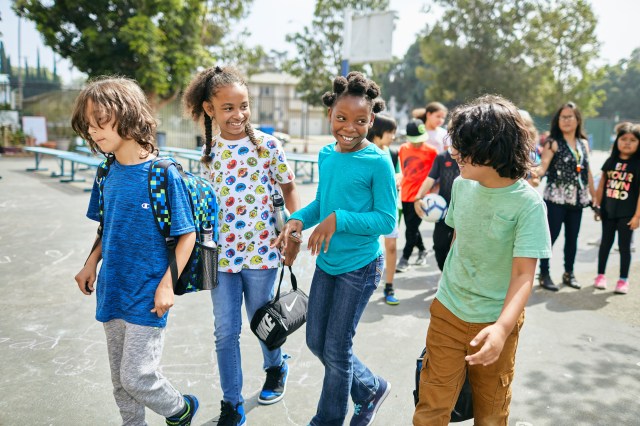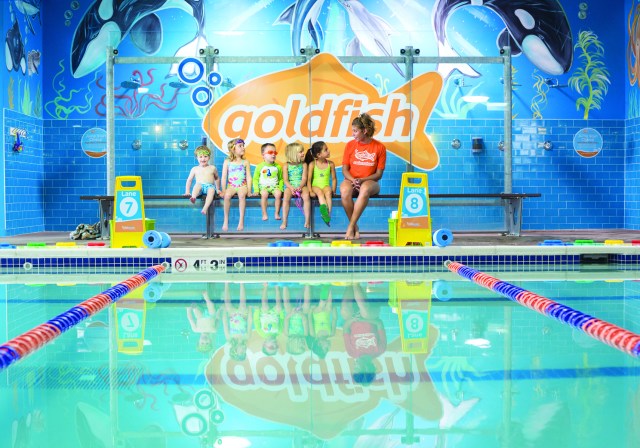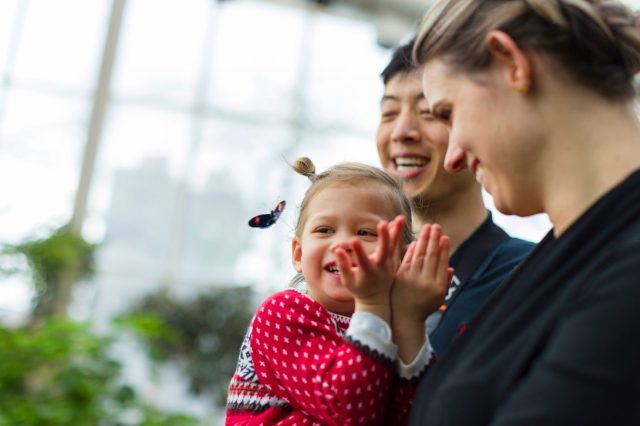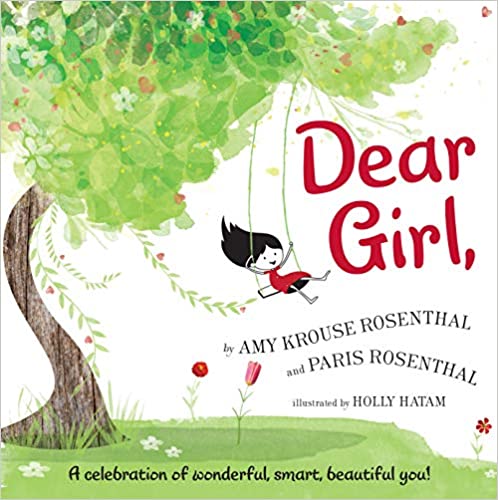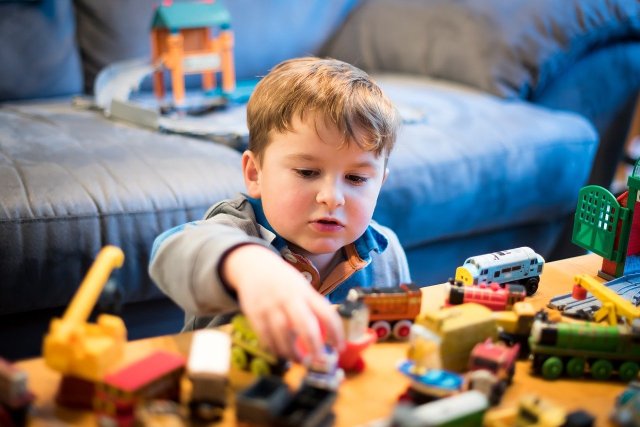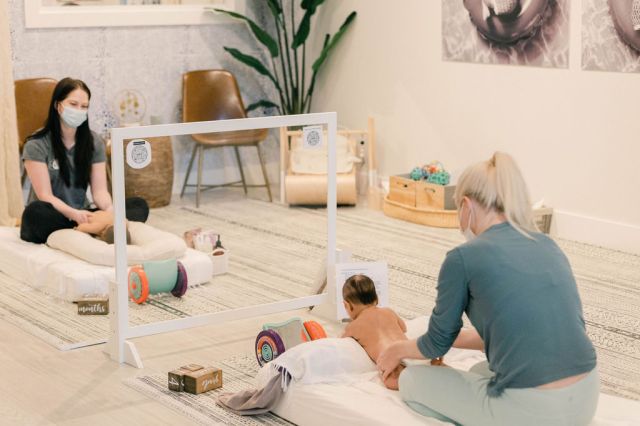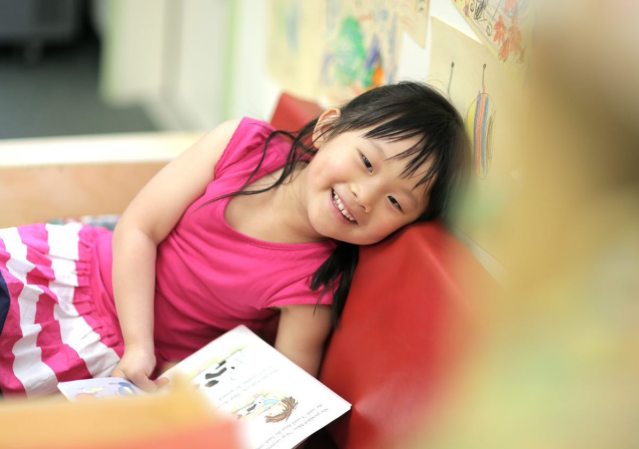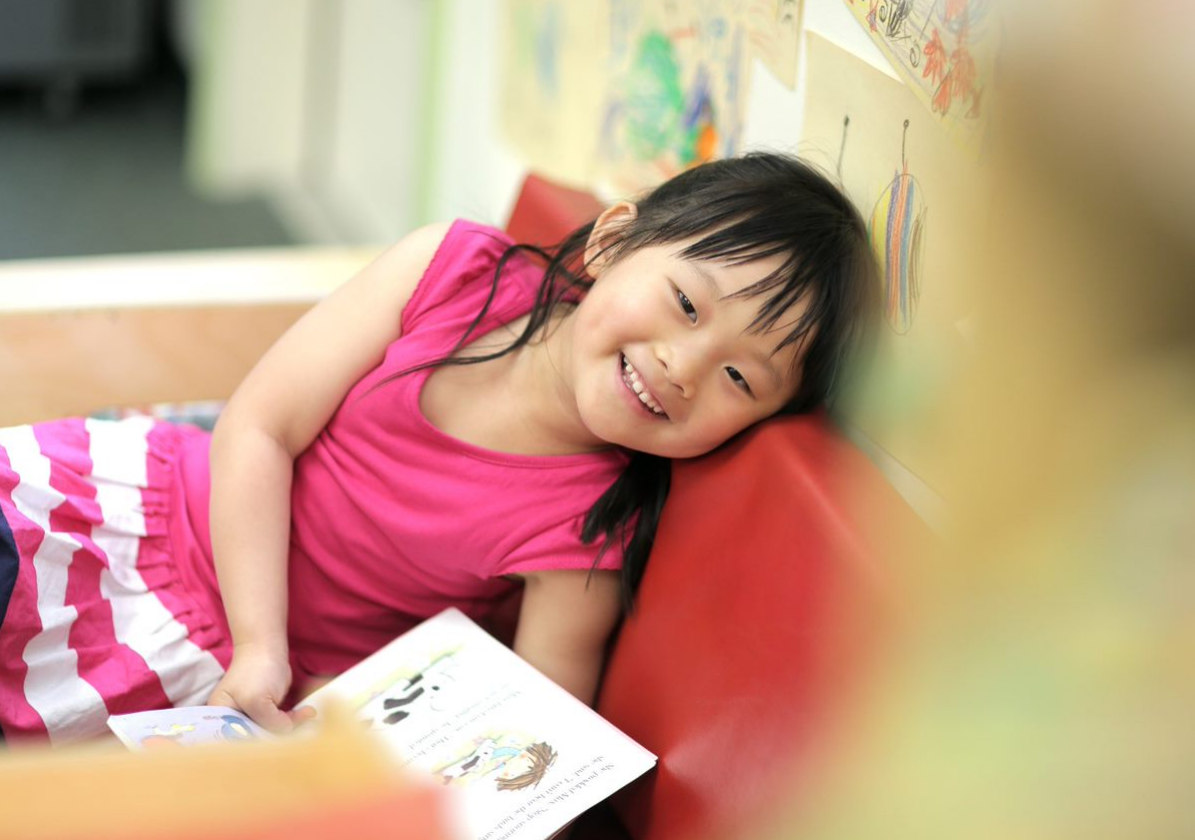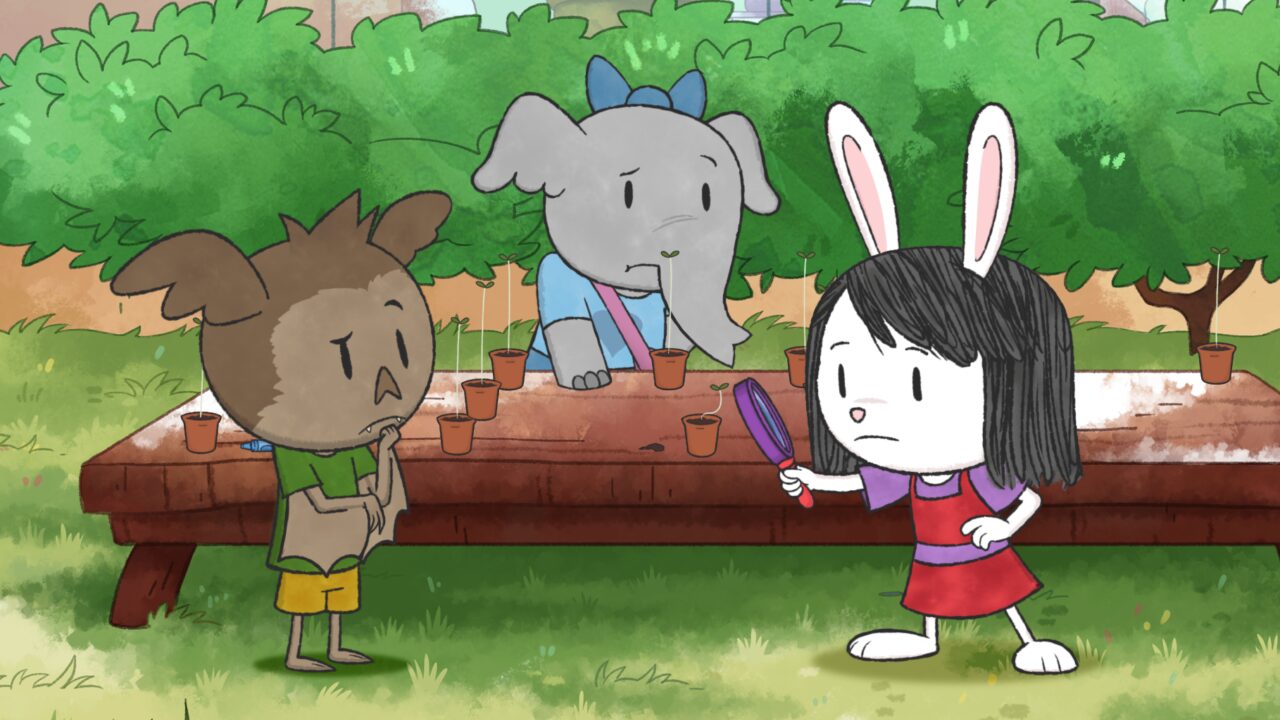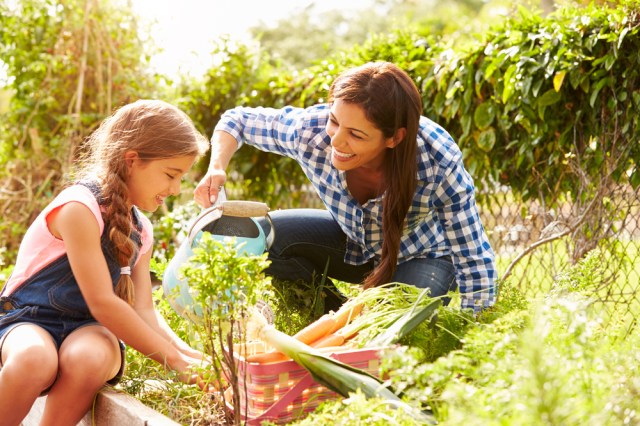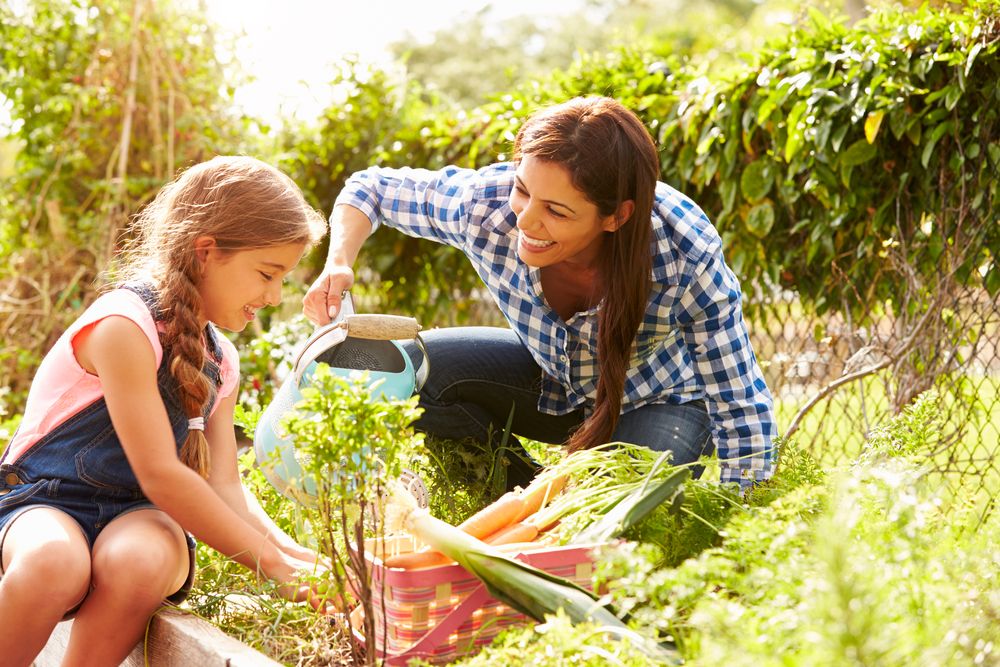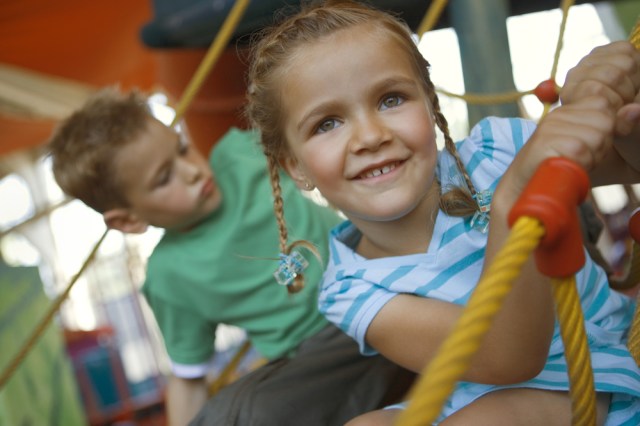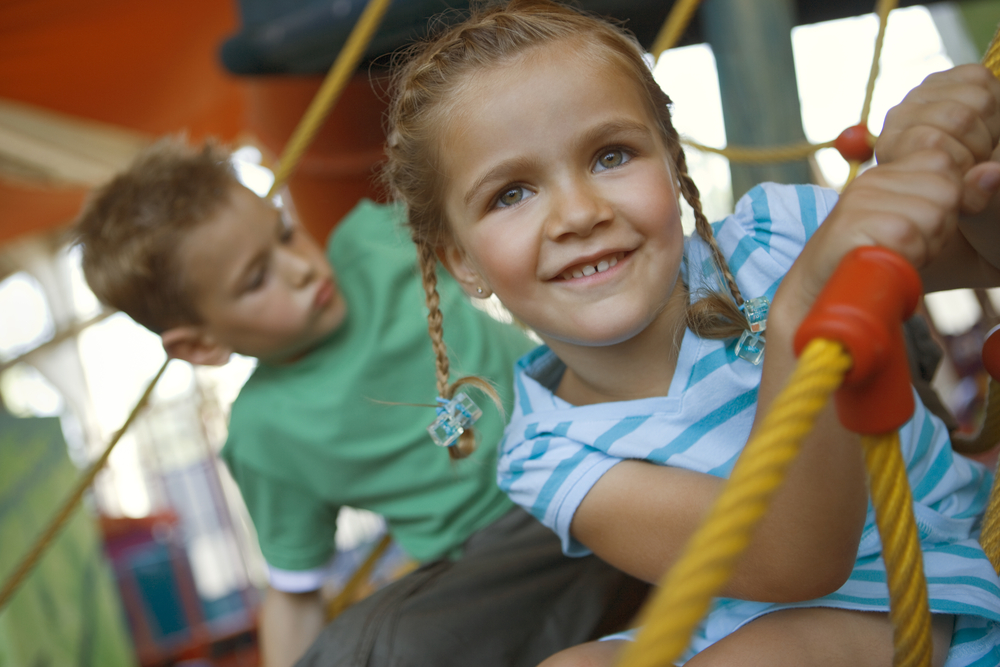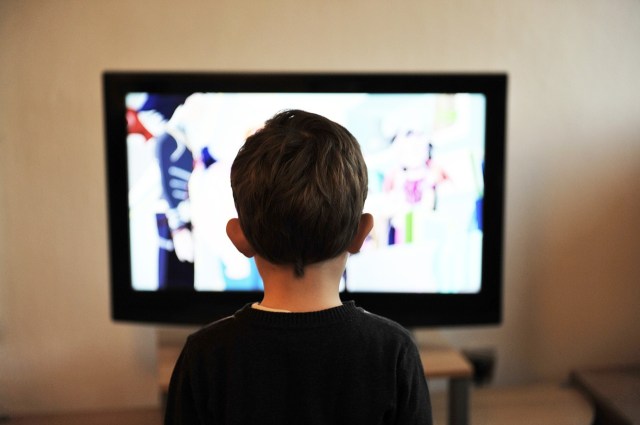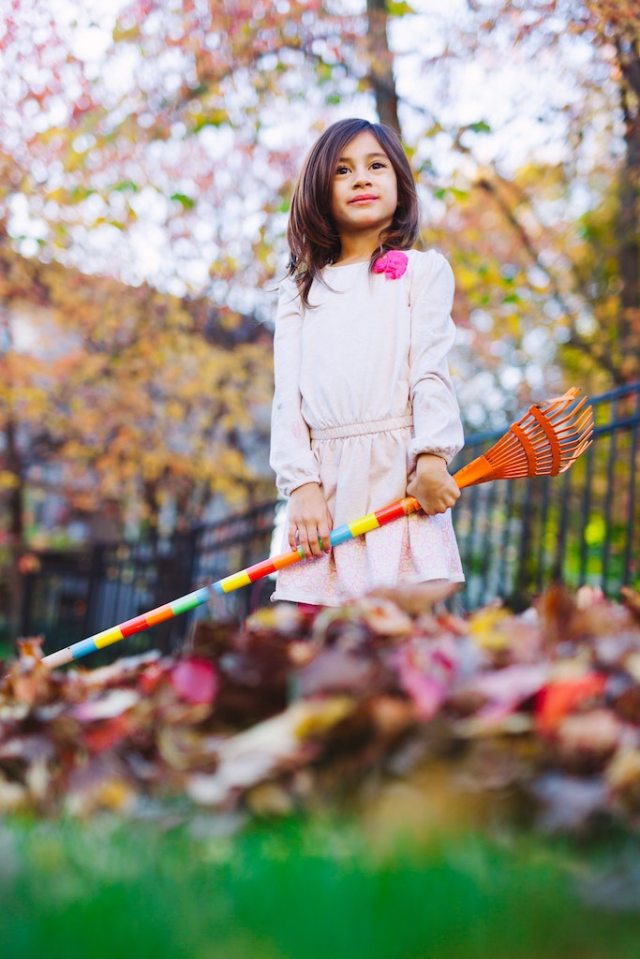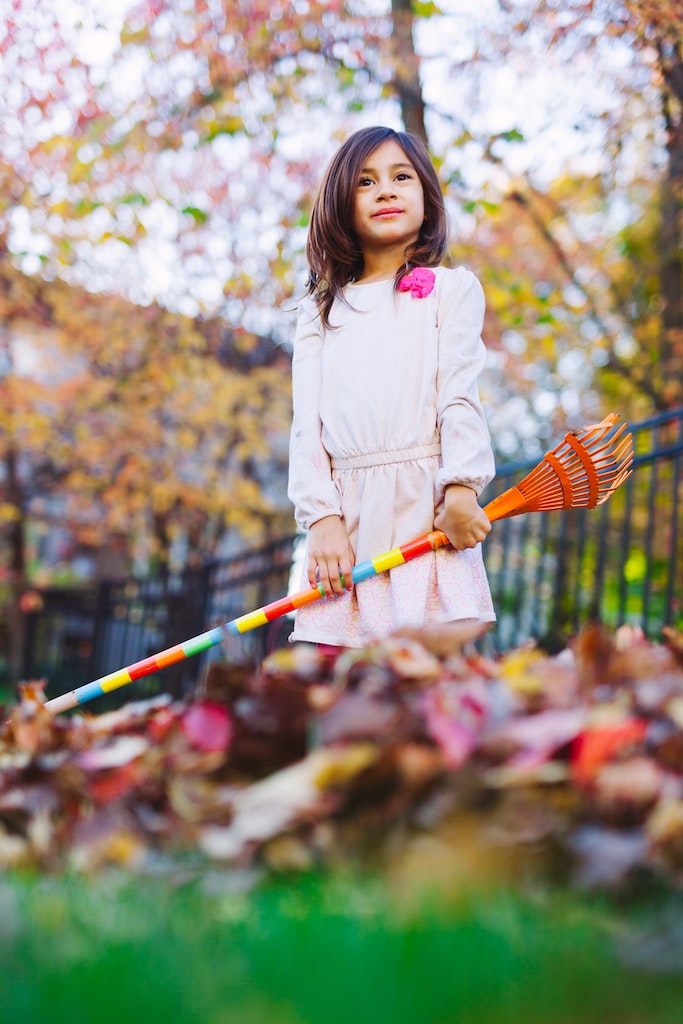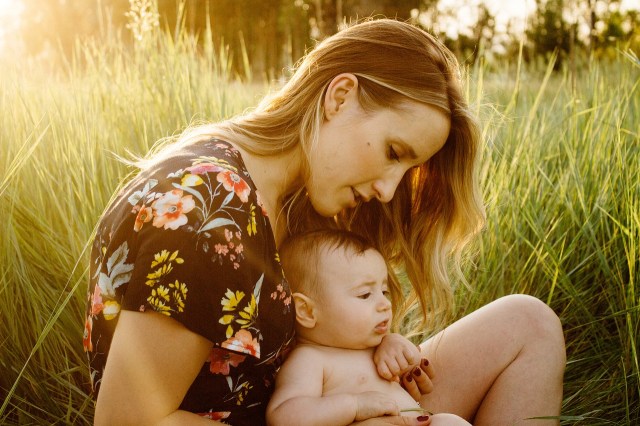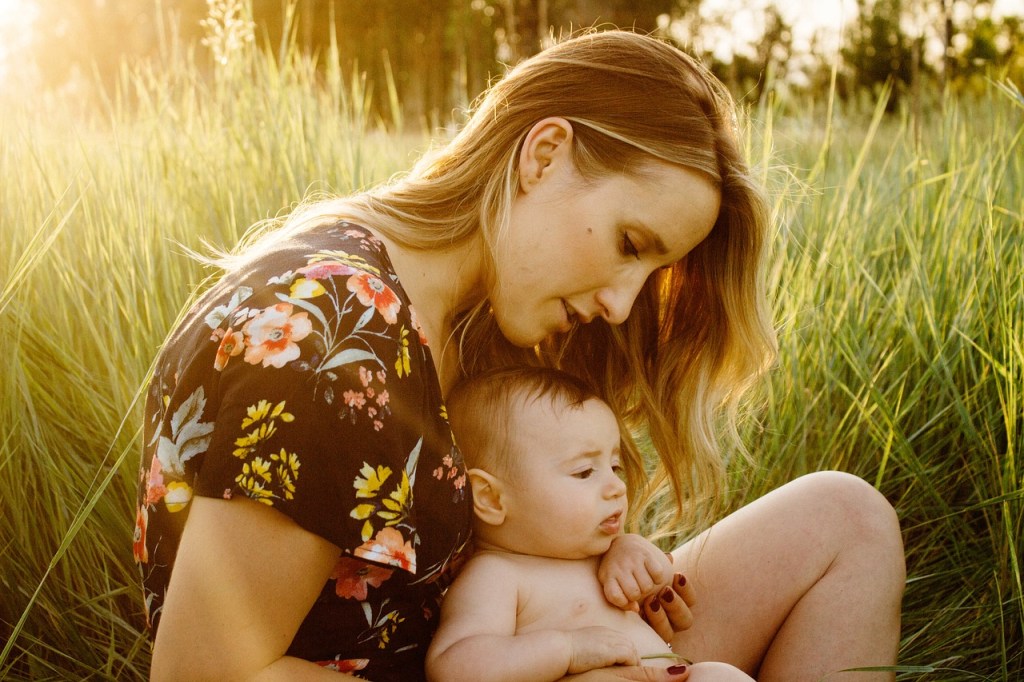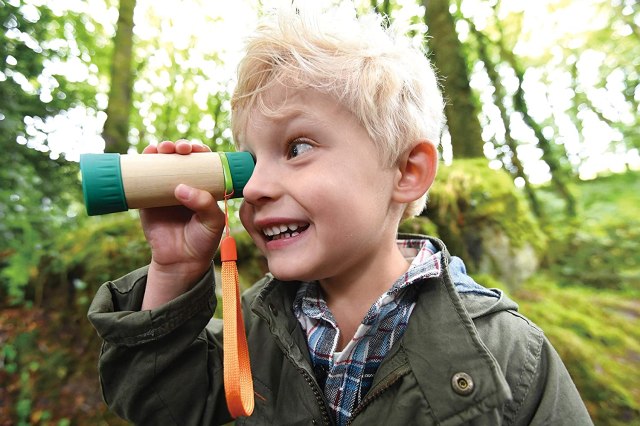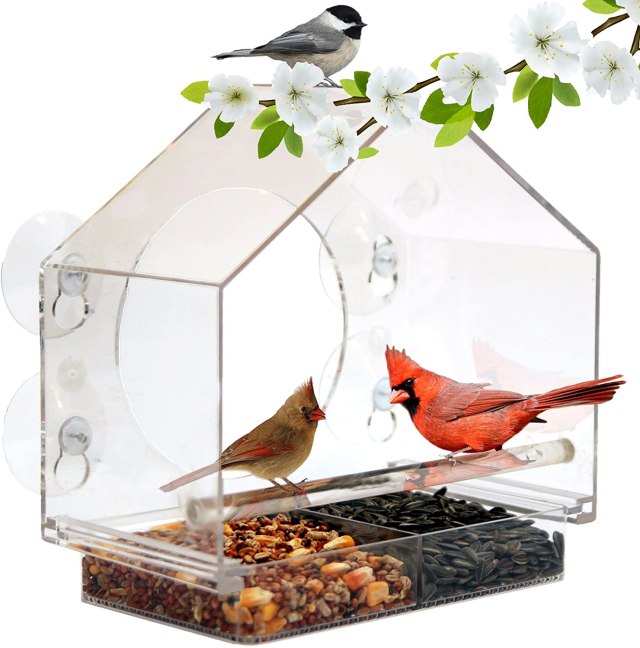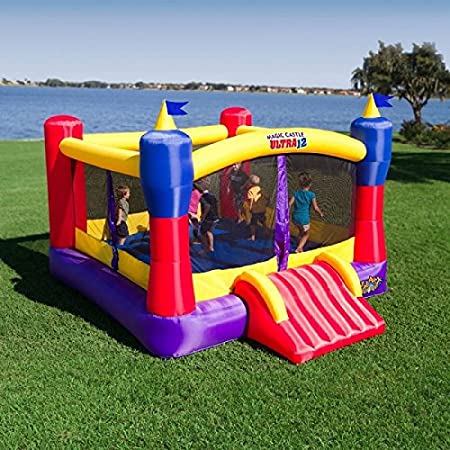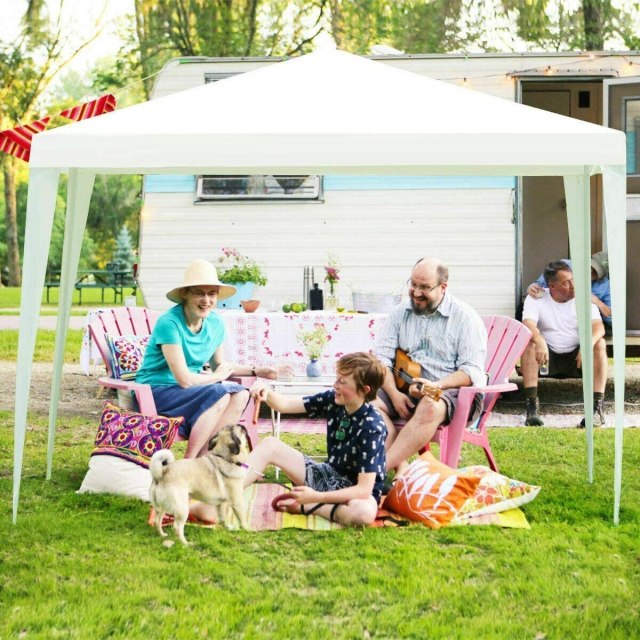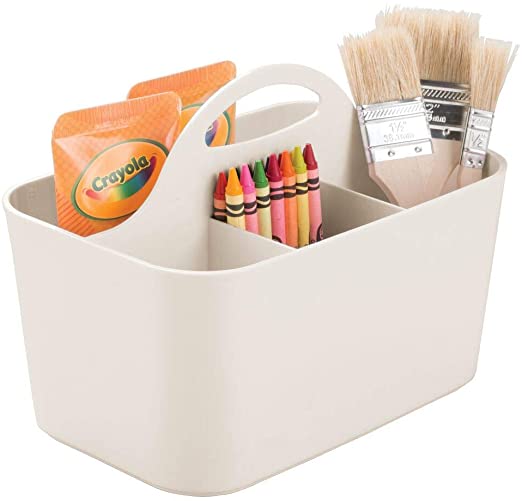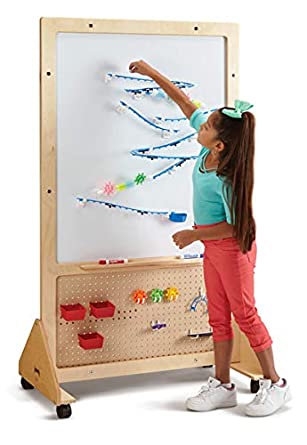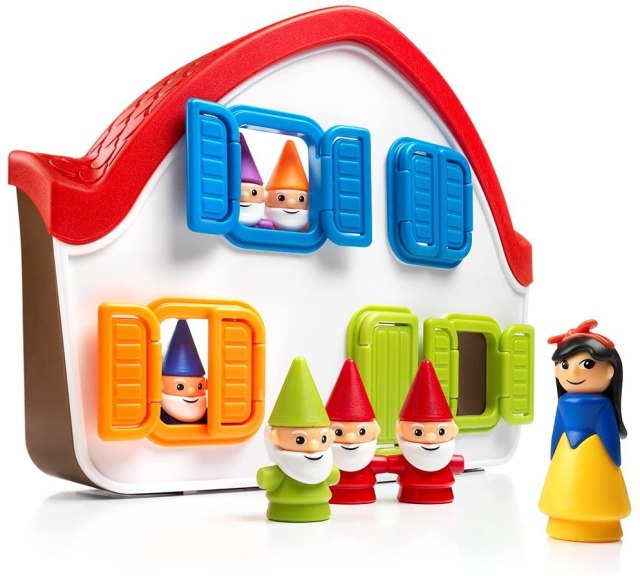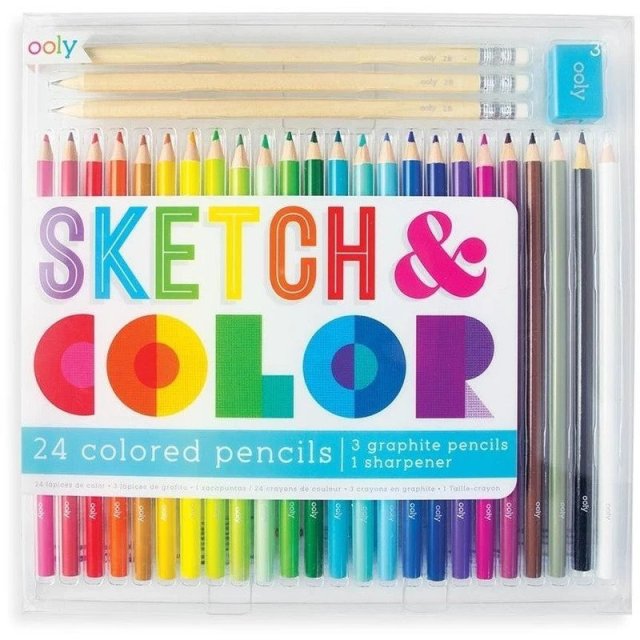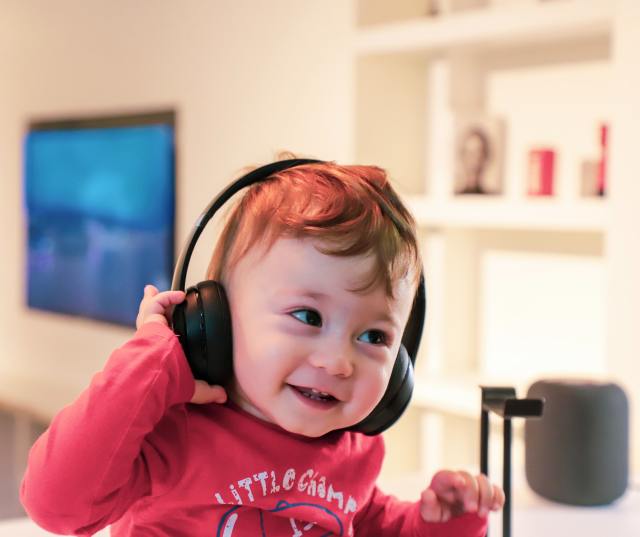Education is evolving. It’s no longer just about learning how to read, solving equations, and taking tests. Today, students are immersed in the realm of diversity, inclusivity and community. They’re encouraged to be proud and accepting of themselves, while also learning to work with others across lines of difference. They’re taught how to become a well-rounded person through social-emotional learning and mindfulness, while also being immersed in art, music and STEM that enrich a whole child.
This holistic approach to education is what Citizens of the World Charter Schools (CWC) Los Angeles, a tuition-free, non-denominational school, is currently cultivating for its students in grades TK (transitional kindergarten) to 8. Through its progressive education model, CWC is developing its students’ abilities, confidence and sense of responsibility for themselves and their community—while also holistically preparing students to succeed in their next educational journey.
In 2010, CWC initially launched by opening the doors to its first campus in Hollywood. Due to the school’s impressive results and overwhelming community demand, it expanded to the neighborhoods of Silver Lake (2012), Mar Vista (2013), and most recently, the West Valley (2020) and East Valley (2021) communities of the San Fernando Valley.
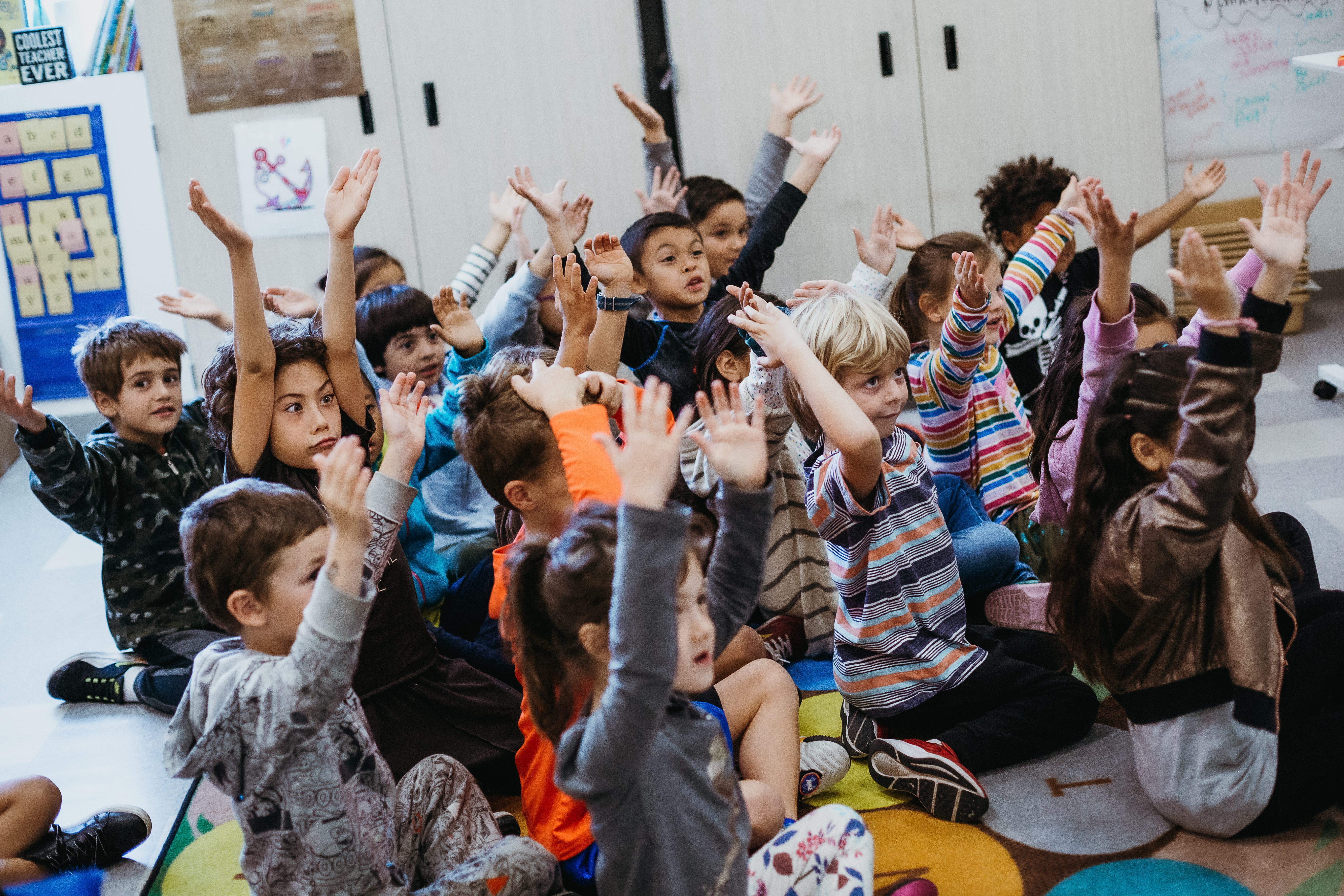
Today, CWC can proudly say that it is the largest public charter network in L.A. committed to serving a socioeconomically and racially diverse student body. In addition to its middle schools serving its Mar Vista, Hollywood and Silver Lake campuses, CWC plans to expand even further in the next few years, by opening another middle school for its elementary school students in the San Fernando Valley.
Over the last decade, CWC has cultivated a robust curriculum. It blends critical thinking, cognitive skills and creativity with its key fundamentals of academic excellence, diversity and community. While students are still required to partake in standardized tests and core subjects (math, reading and writing) the program places a large emphasis on art, music, physical education, social-emotional development and project-based learning.
As a result, CWC schools have consistently ranked at the top of LAUSD schools in terms of test performance, with students going on to attend the top L.A. high schools.
Its staff, faculty and teachers believe that its holistic approach can help prepare future leaders in a rapidly changing global society. “We are preparing our students to emerge as a new generation of leaders—as trailblazers who are ready to tackle the future challenges in our world and surpass the conceived limitations of what students, communities, parents, and schools can achieve in the world,” says Jennifer Mansfield, founding Principal of CWC West Valley.
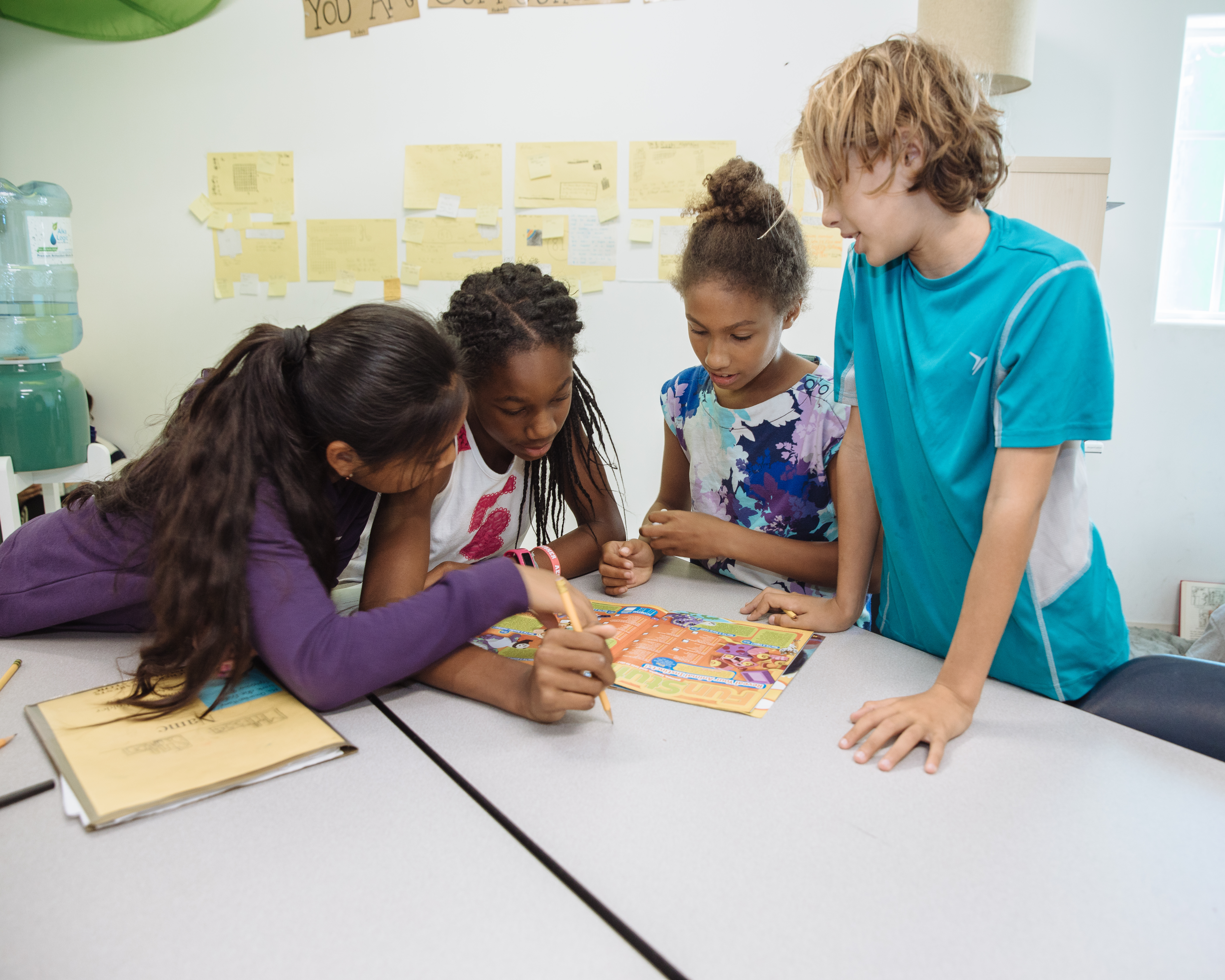
CWC’s learning model is also unique, from constructivist and culturally relevant to data-driven and project-based. At the beginning of the school year, teachers draft detailed assessments of each child, which are then revisited numerous times throughout the year. This helps keep students on track to excel but also pinpoints areas that may need additional attention.
CWC schools also tout low student-to-teacher ratios, with a teacher assistant in every classroom for grades TK-5. All 6-8 grade classrooms are kept to a maximum of 28 total students. CWC’s smaller classrooms help ensure that all children are given the proper attention and resources to aid in their success, continued growth and development. With balanced classroom sizes, teachers are able to get to know each child as an individual.
Enroll now, or apply for free, to join Citizens of the World Charter Schools for the 2022-2023 school year. All residents of California are eligible to apply and will not be charged a fee, as CWC is a public charter school. To stay up-to-date on CWC and learn more about the school, join the interest list here.
